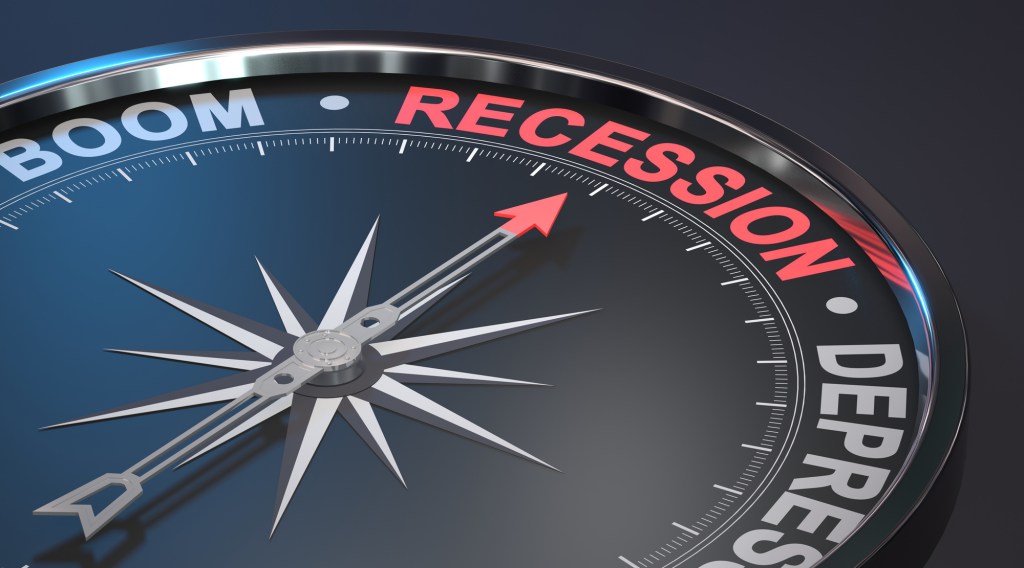Current economic events are unprecedented over the past century. Not since the 1918 flu pandemic has there been as serious a public health crisis that has simultaneously generated a severe economic downturn. Due to coronavirus mitigation efforts—most notably government imposed state-level shutdowns—the economy will experience a sharp recession in 2020.
Forecasts for the second quarter are dismal but that is by public health policy design. During the second half of March and the first week of April, over 16 million initial jobless claims were recorded. GDP growth for the second quarter will likely be the worst in decades. Social distancing policies were imposed to provide a pause and reduce the spread of the virus. However, it’s important to remember these actions are only a pause to ramp up medical infrastructure and capacity. They cannot be a permanent policy tool due to their economic costs. The deployment of science and capital is how the U.S., through its market economy, beats any challenge.
I recommend builders view the current environment in the context of two months, two quarters, and two years. Through May, the industry should be prepared for ongoing stay-at-home orders. Due to state and local building associations working with state governments and the NAHB engaging with the Department of Homeland Security, residential construction as of press time had been deemed an essential business in all but five states. Thus, building can continue on most of the 540,000 single-family homes and the over 600,000 apartments now under construction, albeit with growing delays in terms of permit approval, engineering inspections, and subcontractor availability.
Over the next two quarters, we are forecasting that virus mitigation efforts will be successful and that the economy will pass the point of maximum danger. During this time, the unemployment rate will likely rise to at least 14% temporarily. But due to the aggressive efforts of the Federal Reserve to provide liquidity (essentially bridge loans over this two-quarter period) and multiple rounds of fiscal policy from Congress and the Trump administration, the economy will be set for the beginning of a recovery that will take hold in the fourth quarter. Expanded unemployment benefits will be particularly useful.
While lending conditions for land development and residential construction will be tight, as certainty becomes available for financial markets, housing will be a sector with great potential for economic growth. Traditionally, housing is a leading sector that expands during the initial stages of an economic rebound. Unlike 2009, it will play this role during this economic crisis.
Over the next two years, housing will benefit from a recovering economy and low interest rates. As the U.S. gets back to work, housing demand will grow and demographic tailwinds will support the need for new construction and residential remodeling. This period of working remotely for many also may alter home design and improvement needs, increasing the importance of housing for both households and businesses.
The economic challenges over the next quarter will be immense. NAHB’s advocacy team is engaged, making sure builders have access to policies that provide resources to bridge this turbulent period, during which lending and other challenges will present difficulties for small businesses across the nation. The level of uncertainty is high, but history suggests that science and capital will win the fight against the virus and the economy will recover.



